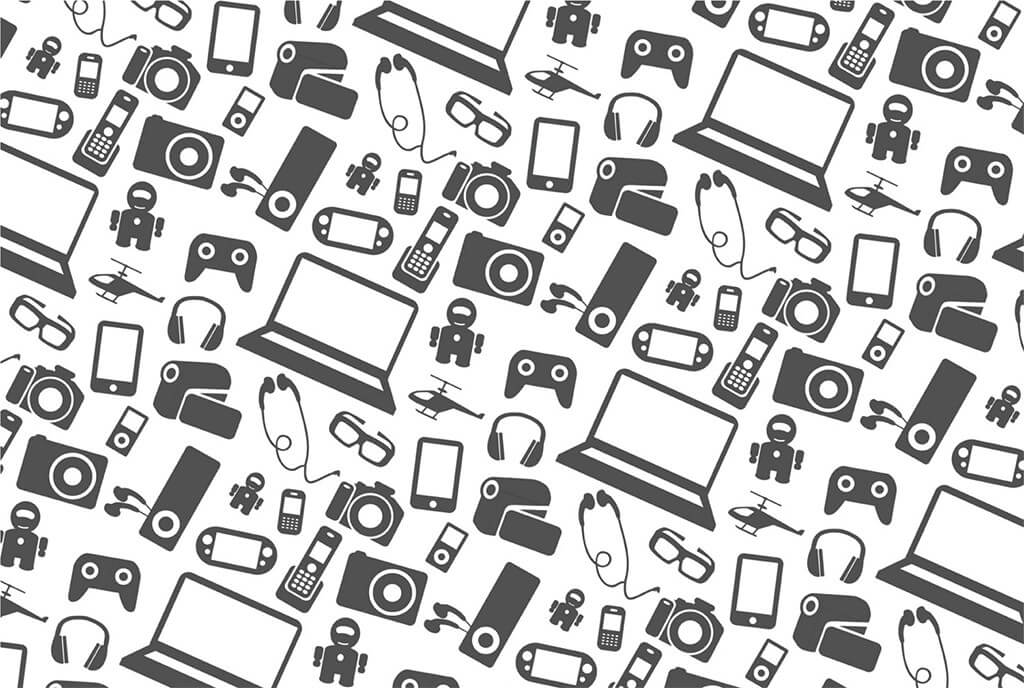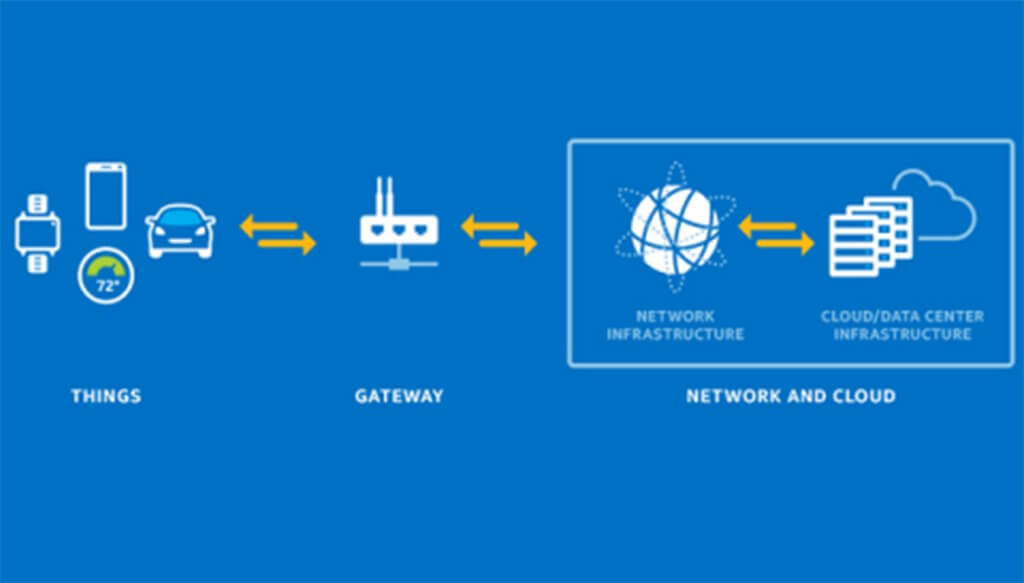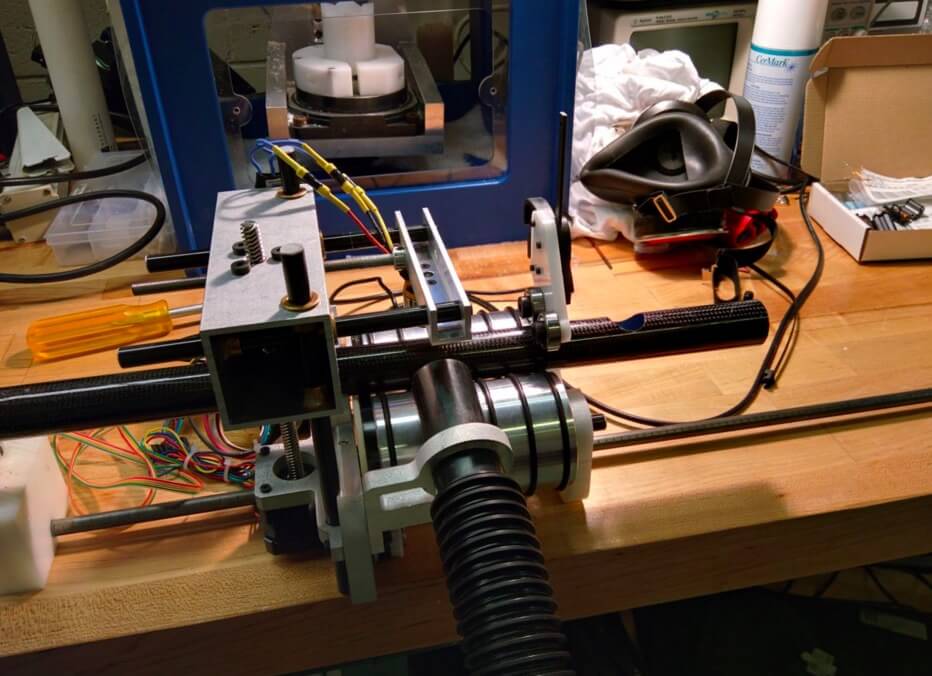IoT and Its Butterfly Effect on Hardware Manufacturing

(The original Chinese version of the article is written by Lman and published on MakerPRO and Entrepreneur Adventure)
The phrase “IoT” has been the favorite topic of media for a few years now, and many of the articles are about our imagination about it and expert predictions. But what exactly do those numbers mean? In 2020, there will be 30 billion devices connected to the Internet worldwide. Many governments are spending millions of dollars in catching up with this trend, and if you enter “IoT Market” in Google Image, what you most likely will see are infographics showing upward curves.
These upward curves may really mean a bright future for the electronics industry, but not too many of us seem to realize the impact that this trend is bringing to the industry. All we are picturing in our head now are the benefits that come with IoT, meaning everything being more intuitive and smarter than ever before.
The success and failure of the IoT mindset
However, the majority of electronic manufacturers probably never give the following question too much thought: what do the benefits that come with IoT have anything to do with us? A life filled with smart products may seem wonderful, but they still remember the failure of information appliance well enough. If discussions about IoT do not begin with scenarios of how to use it, and instead, we try to insert all kinds of smart products into different scenarios, the movement is still doomed to fail ultimately.
The basic definition of IoT is indeed a network of multiple things connected together and under such scenario, large amounts of devices and sensors will indeed be connected to the Internet. But, when the fundamental mindset has not changed, even if IoT becomes a reality, manufacturers might still think that why doesn’t IoT generate more income for them. This will be especially true for hardware manufacturers.
The competition for IoT gateway

Among all the layers within the IoT structure, sensitivity is often considered too fragile and diverse that many manufacturers do not want to engage with it. One of the main reasons is because the profit is usually too low, and many manufacturers want to spend more resources on IoT Gateway. And the reason for such move? Of course, it’s the larger profit and higher sale price.
But the truth is that what you have thought about are also what other competitors are considering, which is the reason why IoT gateway becomes the most competitive topic area within the IoT sector. It also has the highest elimination rate. Take some major chip manufacturers, such as ARM, TI, Freescale and MTK for example, while the solutions they provide to customers are more powerful than before, the price of their turnkey are also decreasing. While a 3G module can be sold for USD $100 a few years ago, now all the features plus CPU can’t even be sold for more than USD $10.
On top of that, while it might be necessary to have an IoT Gateway to integrate different interfaces, will that still be something necessary for the future? It’s hard to say.
The chaos of the layer of sensitivity
As for the layer of sensitivity, in fact, many manufacturers and system integrators are working hard on it. However, if the problem of the layer of sensitivity is not addressed, the problem of over-emphasizing the visualization of frontend data will emerge. Many IoT startups may have very powerful dashboards, but the number of their data is in fact not so impressive. While software startups might say this is not their expertise, hardware startups might also stay away from it simply because they don’t think it will bring them income. So who’s responsibility will it be?
If IoT really becomes a reality, then many hardware manufacturers may find that while their sales number do not grow, the average selling price of their commodities even drops. Since they now have to serve more customers than before, it indirectly increases their costs, so eventually, their profit still won’t grow.

Seeking solution collaboratively
Is there a solution to this problem? The answer will be corporations and startups join arms to find the solution. While some hardware manufacturers may have found that the development of IoT is actually hurting its original hardware manufacturing business, they still can’t drift away from this trend. Most of them end up experimenting through increasing their number of clients and sales, but these are all not real improvements.
While starting something new or transforming an industry may be tough, in the age of IoT, seeking solutions collaboratively is still the more effective and less costly way to succeed.










